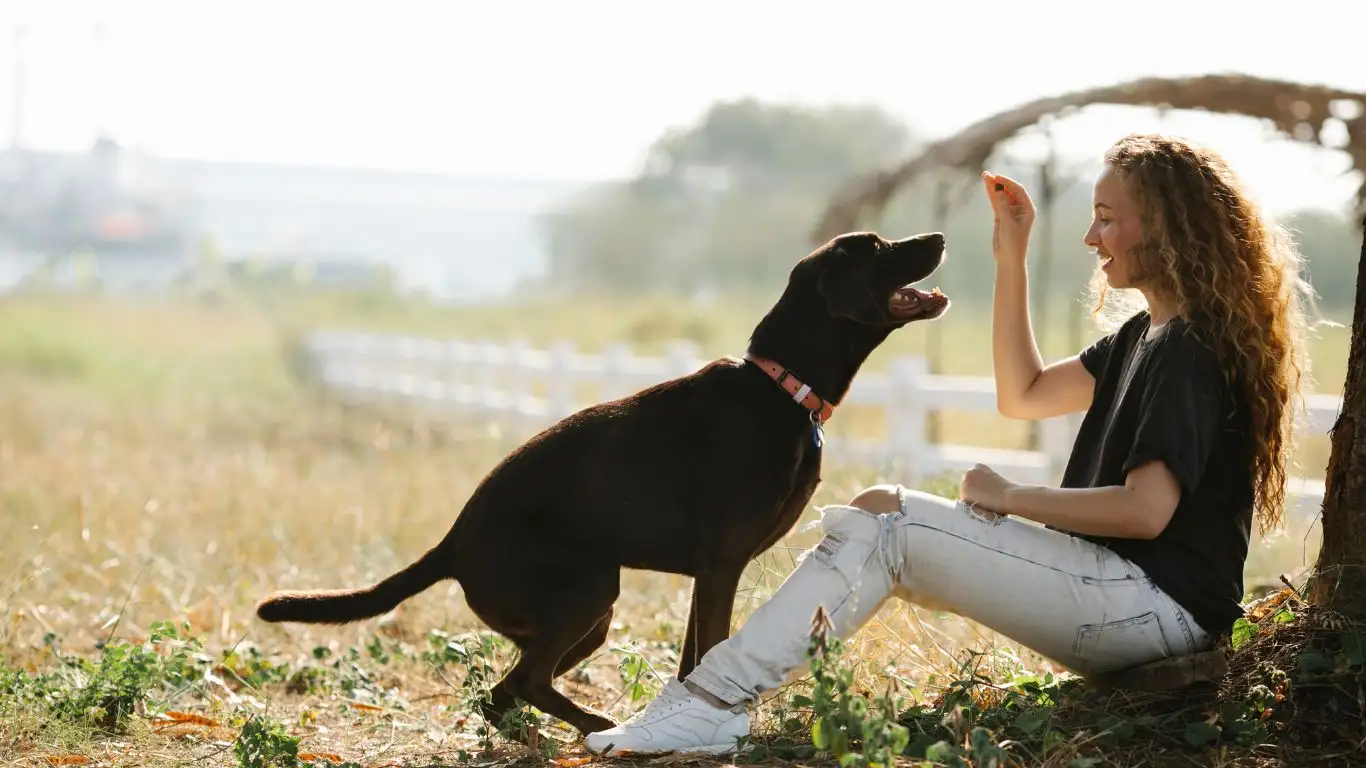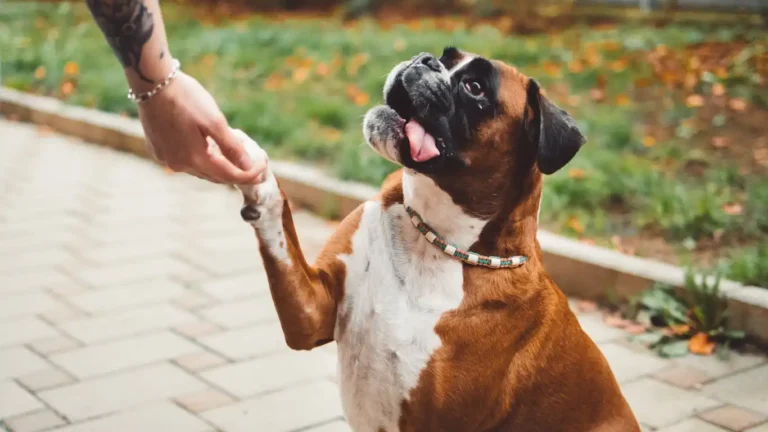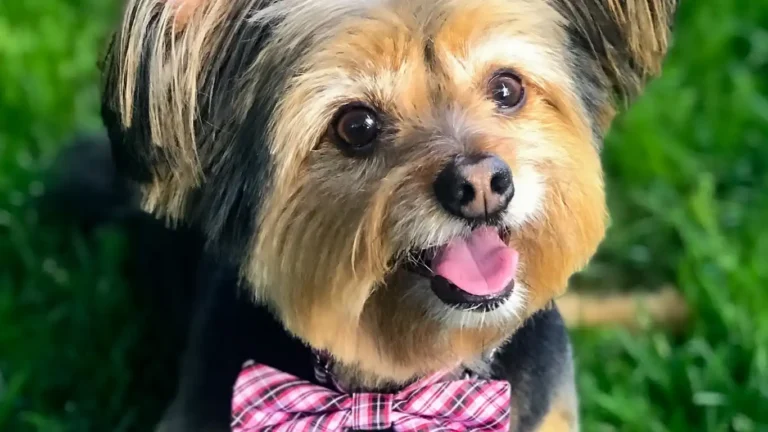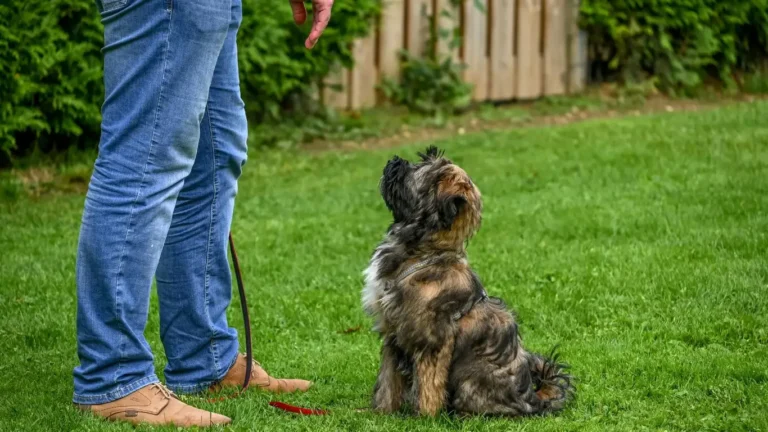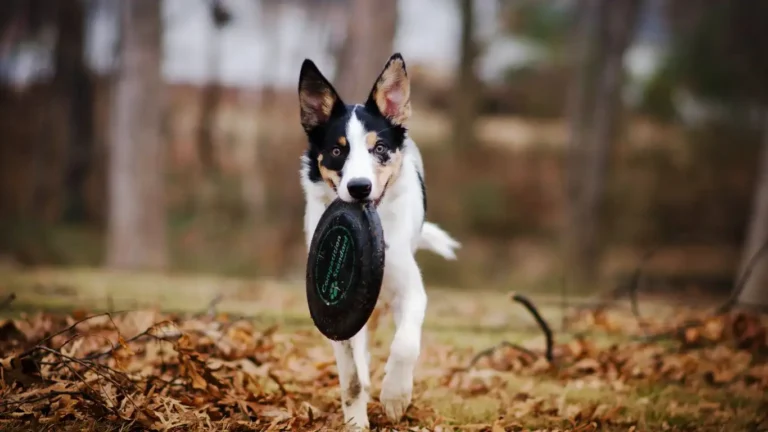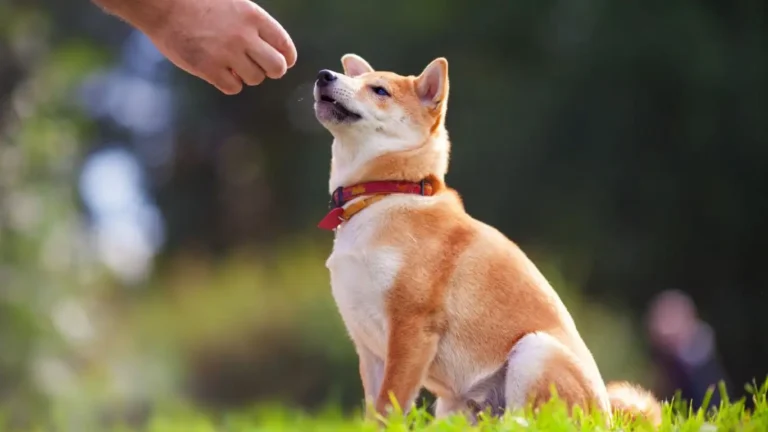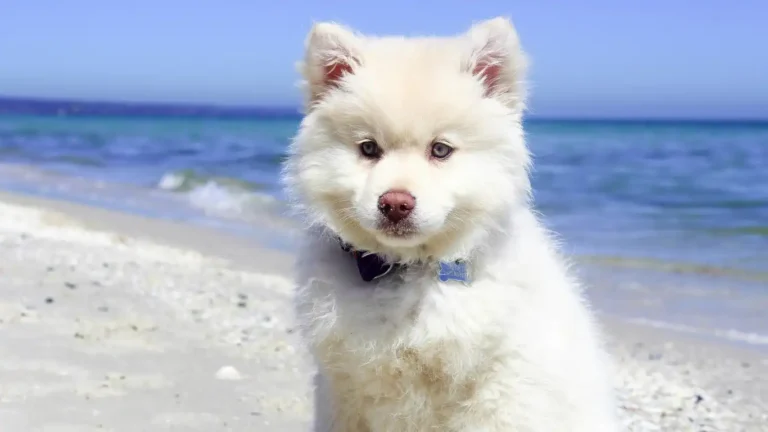Transform Walks: How to Train a Dog to Walk Politely Past Crowds
Learning how to train a dog to walk politely past crowds can feel like trying to solve a puzzle that’s always changing. As a Canine-Assisted Therapy Trainer, I’ve spent countless hours helping dogs and their humans navigate busy environments without chaos or stress. There’s something truly rewarding about seeing a dog remain calm and focused while walking through a noisy crowd, and trust me—it’s absolutely doable with the right approach and mindset. If you’ve ever felt embarrassed or overwhelmed when your dog lunges, barks, or gets distracted in public, you’re not alone. I’m here to share some tried-and-true tips that will make these outings smoother and more enjoyable for both of you.
Understanding Why Dogs React to Crowds
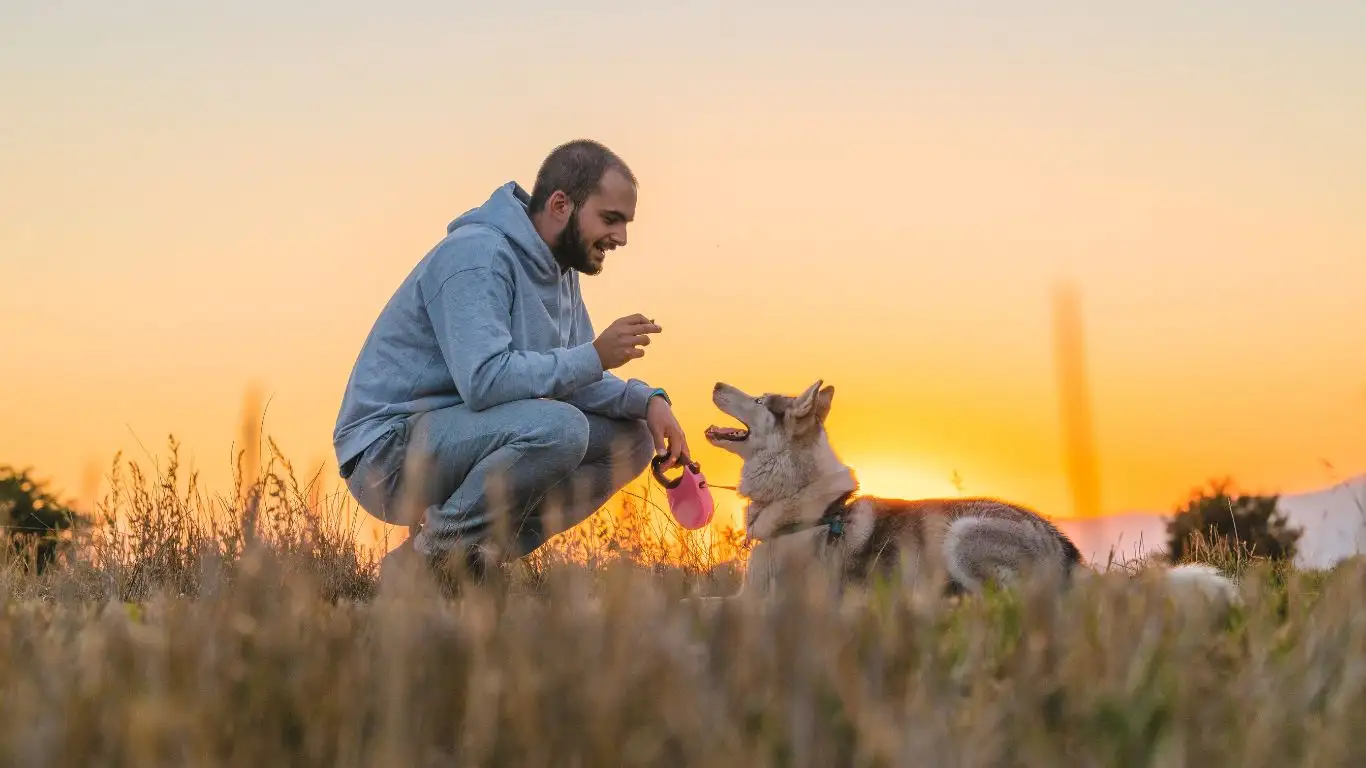
Before diving into the training itself, it’s essential to get why many dogs struggle in crowded places. In my experience, most dogs don’t misbehave out of stubbornness—they’re usually overwhelmed, anxious, or overstimulated. Crowds are a sensory overload: lots of sounds, smells, and unpredictable movements. Imagine trying to concentrate on a task while people are bumping into you, chatting loudly, and flashing bright lights—that’s how some dogs feel.
So, when a dog starts pulling, barking, or acting nervous near crowds, it’s their way of coping. Recognizing this is the first step to changing their behavior in a positive and lasting way.
Signs Your Dog Is Overwhelmed by Crowds
- Pacing or restlessness—your dog can’t seem to settle down.
- Pulling on the leash—trying to get away from the noise or to investigate something intensely.
- Barking or whining—vocalizing stress or excitement.
- Tucked tail or lowered body—clear signs of anxiety or fear.
By tuning into these signals early, you can intervene before the situation escalates. This kind of attentive observation is something I always emphasize with the folks I train—it’s about communication and respect between you and your dog.
Step 1: Building a Foundation of Focus and Calm
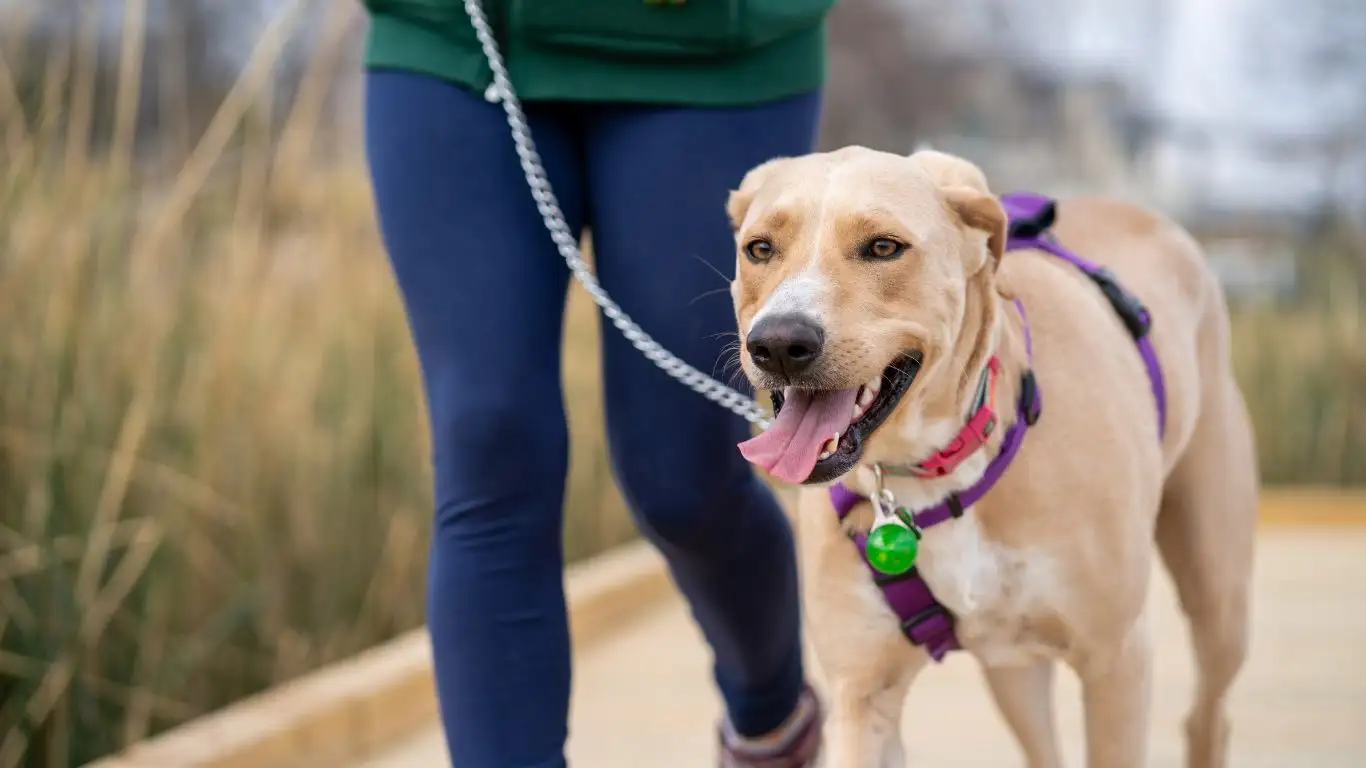
Before you even step foot near a crowd, your dog needs to have a solid foundation of focus and calm behavior. When I first started working with therapy dogs, I learned quickly that a dog who can focus on their handler in a distraction-free environment is far easier to guide through busier situations.
Simple Exercises to Develop Focus
- Name recognition: Call your dog’s name and reward eye contact with a treat or praise.
- Look at me: Teach your dog to look directly at you on command, reinforcing calm attention.
- Stay and wait: Practice short periods of stillness and calmness, gradually increasing duration.
Don’t rush this phase. From personal experience, the dogs who struggle most with crowds often need extra time here. It’s worth it—building this skill will pay off big time when distractions ramp up.
The Power of Positive Reinforcement
One of the biggest game-changers I’ve seen is switching to positive reinforcement. Reward the behaviors you want to see, rather than punishing the ones you don’t. When your dog remains calm near distractions—even for a second—offer a treat, a scratch behind the ears, or an enthusiastic “Good job!” It creates a happy association with staying focused and calm.
Step 2: Gradual Exposure to Crowds
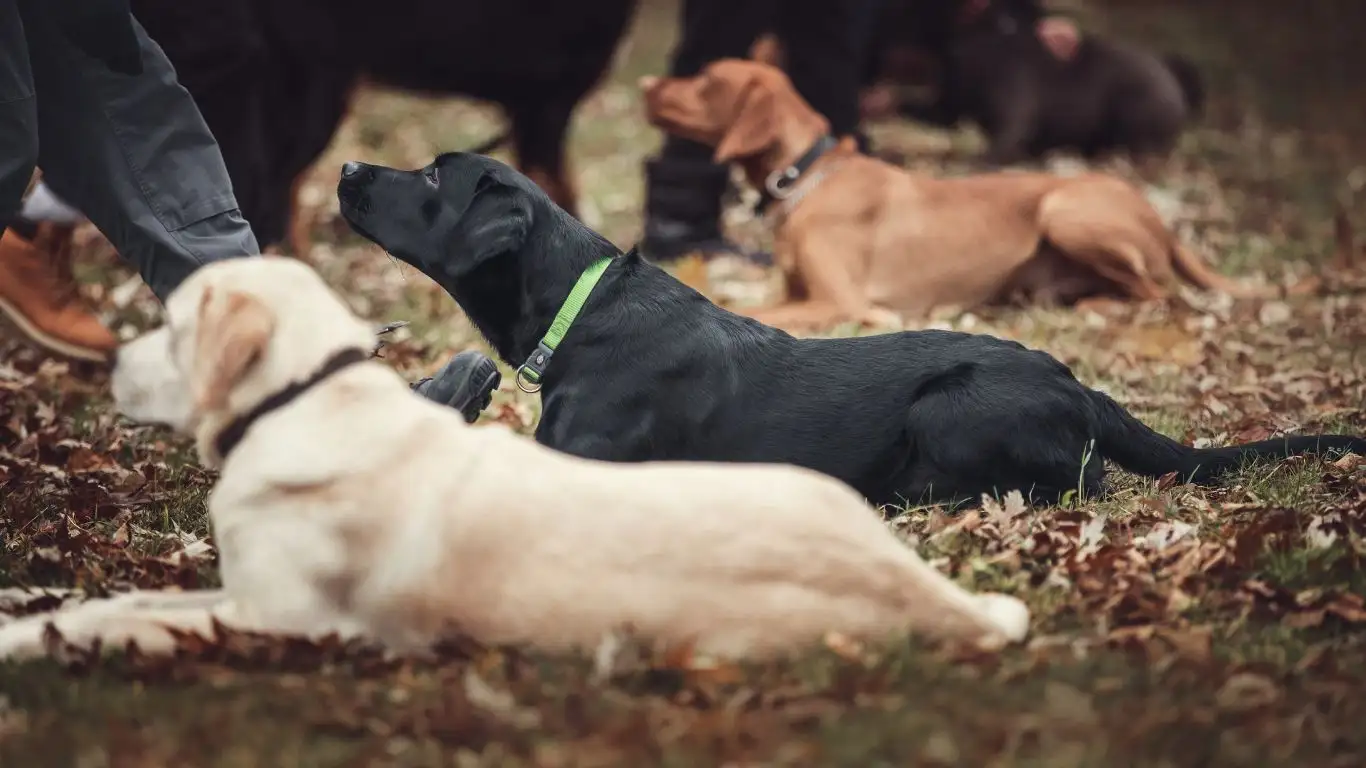
Once your dog shows reliable focus and calm in a quiet space, the next big step is introducing them to real-life distractions—specifically, crowds. But here’s the catch: it’s not about throwing your dog into the deep end and hoping they swim. From my years of working with therapy dogs, I can confidently say that gradual, controlled exposure is the secret sauce.
Think of it like training for a marathon—you don’t start by running 26 miles. You build up slowly. Same with dogs and crowds. Start small and work your way up.
How to Introduce Your Dog to Crowds Without Stress
- Pick quiet, less crowded spots first: A weekend park when few people are around, a calm street corner, or an empty shopping plaza are great starting points.
- Keep sessions short and sweet: Even just 5 to 10 minutes of walking calmly near a few people is a win. Stop before your dog gets overwhelmed.
- Use high-value treats: Bring along your dog’s favorite snacks to reward calm behavior and attention during these outings.
- Observe and adapt: Watch your dog closely for signs of stress (like pacing or lip licking). If you see these, take a step back or pause.
In my own training practice, I always encourage handlers to celebrate the small victories. Maybe your dog stayed quiet while three people walked past—that’s huge! Recognizing these moments keeps you motivated and builds your dog’s confidence.
Step 3: Mastering the Loose Leash Walk in Busy Environments
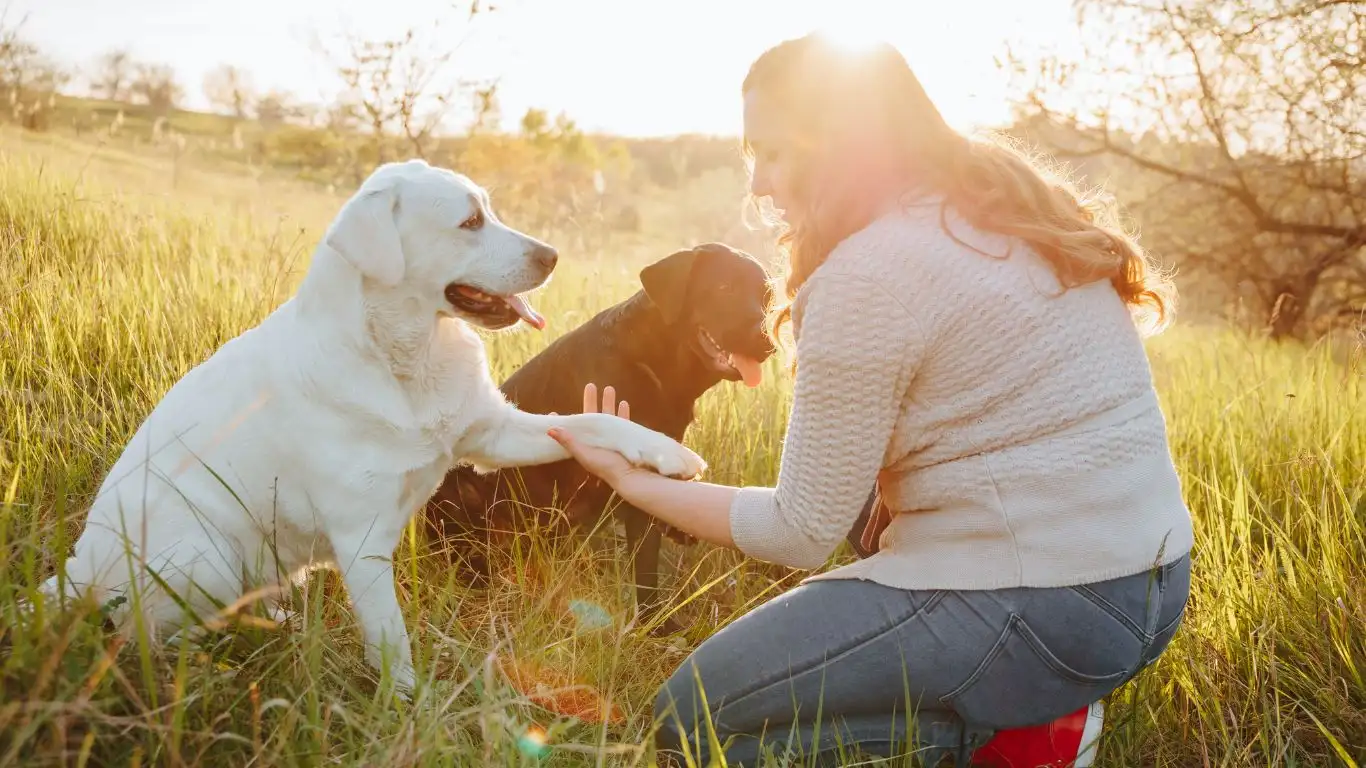
Now, let’s talk about the leash. One of the biggest challenges I see is dogs pulling or lunging on the leash when passing crowds. Not only does this make walks stressful, but it can also be unsafe for both dog and handler.
Teaching your dog to walk on a loose leash is essential for polite, calm behavior near crowds. When your dog is focused on you and walking nicely beside you, they’re less likely to get distracted or react to the hustle around them.
Techniques That Work
- Use a front-clip harness: It helps redirect pulling without causing discomfort, making your dog more responsive.
- Stop and wait: If your dog pulls ahead, stop walking immediately. Don’t move until the leash slackens. This teaches them that pulling gets them nowhere.
- Change direction: If your dog starts pulling, gently turn around and walk the other way. This keeps them guessing and pays off over time.
- Reward loose leash walking: Keep treats handy and reward your dog the moment they walk calmly beside you.
Here’s a little story from my experience: I once worked with a dog named Bella who was notorious for lunging at groups of people during walks. After introducing a front-clip harness and practicing the stop-and-wait technique consistently, her walks transformed within a few weeks. Bella’s owner told me how relaxed and proud they both felt during busy market days. Moments like that make all the hard work worthwhile.
Step 4: Keeping Your Cool and Setting the Tone

Here’s a crucial tip that often gets overlooked: your energy matters. Dogs are amazing at reading our emotions, and if you’re tense or anxious, they’ll pick up on that and react accordingly. One of the first things I coach handlers on is how to stay calm and confident during walks, especially in crowded spots.
How to Stay Calm When Your Dog Gets Distracted
- Breathe deeply: Taking a few deep breaths can help lower your stress levels instantly.
- Keep your voice steady: Use a calm, encouraging tone rather than yelling or sounding frustrated.
- Focus on the moment: Instead of worrying about what might happen, concentrate on what your dog is doing right now.
- Practice patience: Remember, training is a journey. Setbacks are normal and part of the process.
In therapy dog training, I often remind handlers that patience and consistency are key. Dogs aren’t trying to test you—they’re learning how to trust you as their leader. When you set a relaxed tone, it creates a safer space for your dog to learn and grow.
Step 5: Handling Unexpected Situations with Confidence
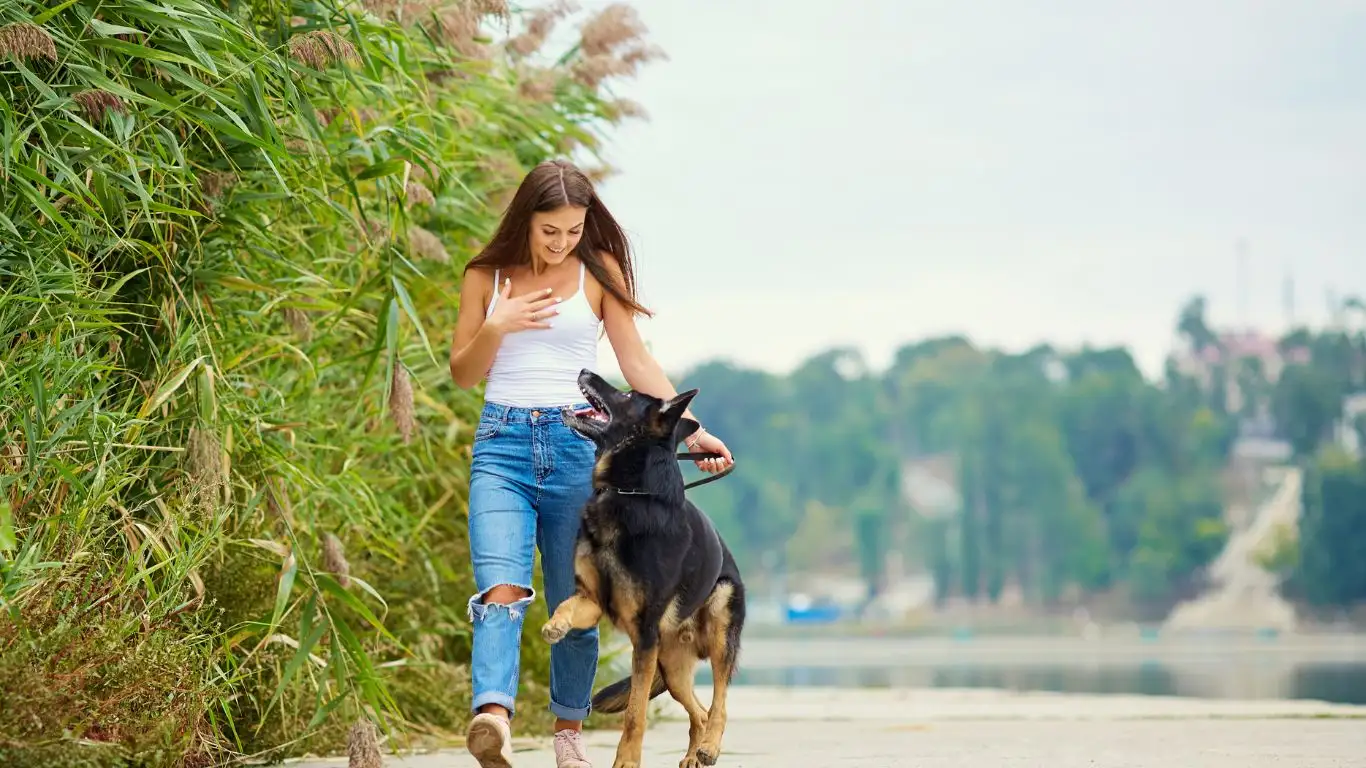
No matter how much training you do, life is unpredictable—and so are crowds. You might suddenly encounter a large group, loud noises, or another dog that sparks your dog’s excitement or fear. From my time training therapy dogs, I’ve learned that preparedness and quick thinking make all the difference in these moments.
Strategies for Managing Surprises
- Have a “safe word” or command: A reliable recall or a command like “focus” or “watch me” can help snap your dog’s attention back to you.
- Keep your body language relaxed: If you stiffen up or tense, your dog will feel that tension and might react more strongly.
- Create space when needed: Don’t hesitate to step off the path or cross the street to give your dog room to decompress.
- Carry high-value treats or toys: In a pinch, these can redirect your dog’s focus and reinforce calm behavior.
I remember a walk where a sudden parade popped up unexpectedly. My own therapy dog, Luna, was startled at first, but because I’d practiced solid focus commands and stayed calm, she was able to relax quickly. That experience reinforced how crucial it is to train for the unexpected, so you’re never caught off guard.
Step 6: Consistency Is King (and Queen!)
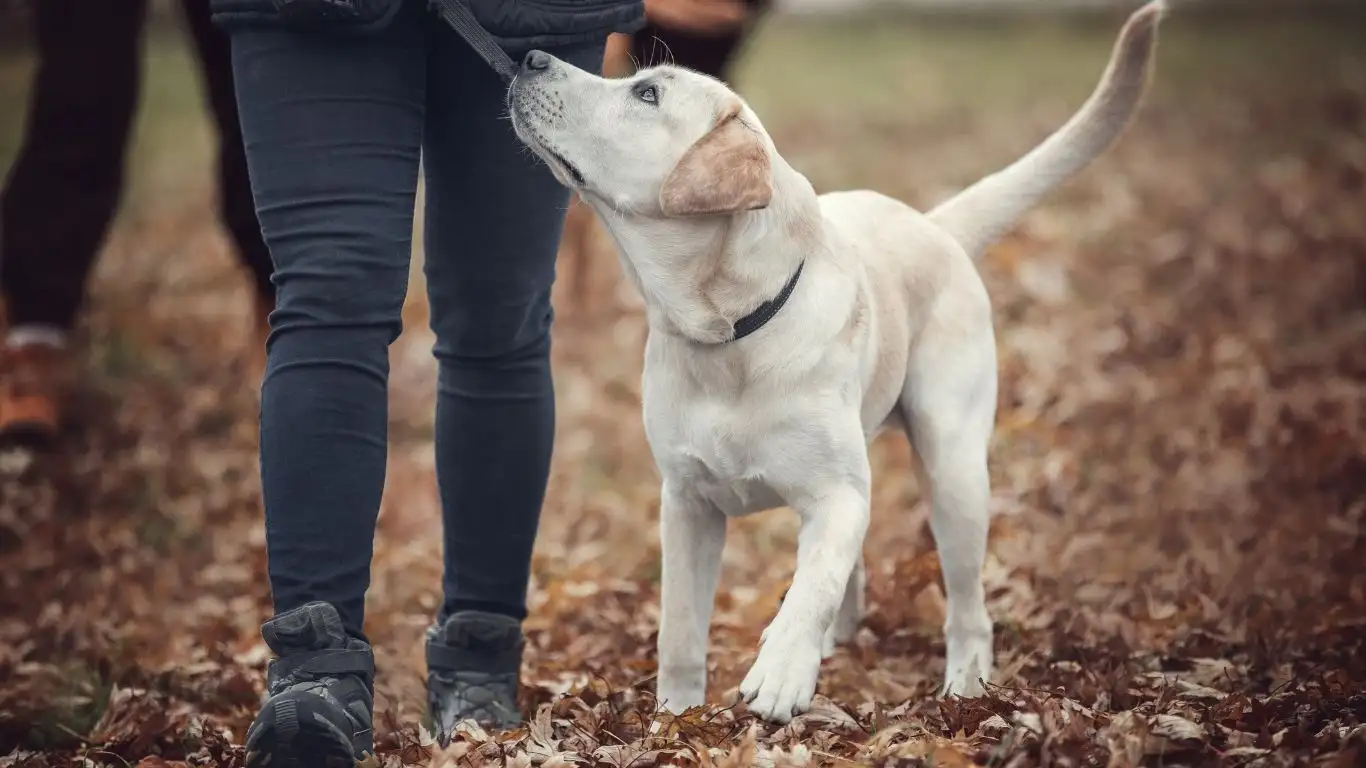
One thing I cannot stress enough is the importance of consistency. You might hear it all the time, but that’s because it’s true. Dogs thrive on routine and clear expectations, especially when learning complex behaviors like walking politely past crowds.
Whether it’s the commands you use, the rewards you give, or the way you handle distractions, sticking to a consistent approach builds trust and understanding between you and your dog.
Tips for Staying Consistent
- Use the same commands: Avoid switching up words or signals to prevent confusion.
- Train daily, even if just for a few minutes: Short, regular sessions beat occasional marathon trainings.
- Involve the whole family: Everyone who walks the dog should follow the same rules and training methods.
- Keep rewarding good behavior: Even once your dog is reliably polite, occasional treats and praise reinforce those habits.
From personal experience, I’ve seen how even a few days of inconsistent handling can undo weeks of progress. That’s why I always encourage my clients to treat training like a lifestyle change rather than a quick fix.
Bonus Tips: Making Walks Enjoyable for Both of You
Walking your dog past crowds doesn’t have to be a stressful chore—it can actually be one of your favorite parts of the day. Here are a few extra tips to keep things fun and positive:
- Plan routes with fewer crowds initially: Gradually increase difficulty as your dog gains confidence.
- Mix in playtime and breaks: Let your dog sniff and explore safely to keep their mind engaged.
- Carry water and stay hydrated: Both you and your dog will appreciate it, especially in busy, warm places.
- Be patient with setbacks: Some days won’t be perfect, and that’s okay—celebrate progress over perfection.
Walking a dog politely past crowds isn’t just about manners—it’s about building a strong bond based on trust and understanding. In my years working with therapy dogs, I’ve found that this approach not only helps with public behavior but deepens the connection between handler and dog in ways that last a lifetime.
References
- American Kennel Club
- Association of Professional Dog Trainers
- Cesar’s Way
- American Gastroenterological Association
Disclaimer
The information provided in this article is based on personal experience as a Canine-Assisted Therapy Trainer and supported by reputable sources in dog training. It is intended for educational purposes only and is not a substitute for professional veterinary advice or training tailored to your dog’s individual needs. Always consult with a qualified trainer or veterinarian if you have concerns about your dog’s behavior or health.
